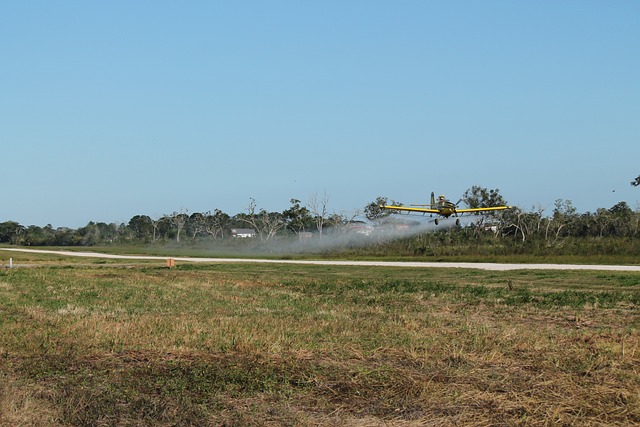In the last years, the Roundup lawsuit has become well-known since thousands of lawsuits have been filed against Roundup, which is an herbicide that contains glyphosate. According to the victims, the extended exposure to this herbicide was the main cause of cancer and they decided to sue the company. Although it hasn’t been proved yet that glyphosate is directly related to cancer, the company had to settle agreements since many of the victims were able to prove the connection between their disease and exposure to the product. But, why do we still use these products in our crops? How do they work?
The importance of the use of herbicides
Chemicals, including herbicides and pesticides, are crucial in modern agriculture to ensure high crop yields and avoid famine due to overpopulation. With the world’s population projected to reach 9.7 billion by 2050, farmers must produce more food than ever before.

Herbicides help to control weeds, which compete with crops for resources, while pesticides protect crops from pests and diseases. These chemicals allow farmers to maximize their yields and feed more people. Without them, food production would be significantly reduced, leading to food shortages and famine in many parts of the world. However, it’s important to use these chemicals responsibly to minimize potential negative environmental and health impacts.
How do these chemicals work?
Herbicides and pesticides work by disrupting vital biological processes in plants or pests, leading to their death. For example, Roundup, a non-selective herbicide, works by inhibiting the activity of an enzyme that is essential for plant growth. This enzyme is involved in the synthesis of certain amino acids that are required for protein production. By blocking this enzyme, Roundup prevents plants from producing essential proteins, leading to their death. However, Roundup has been the subject of controversy due to concerns over its safety, with some studies suggesting a potential link to cancer. Despite this, Roundup remains widely used in agriculture and gardening.
What are the main possible risks of being in contact with these products?
Roundup is a non-selective herbicide that contains glyphosate as its active ingredient. Glyphosate has been classified as a probable human carcinogen by the International Agency for Research on Cancer (IARC). There have been several studies that have linked exposure to glyphosate with various health problems, such as cancer, Parkinson’s disease, and reproductive issues. Additionally, exposure to Roundup can also cause skin irritation, eye damage, and respiratory problems. It’s important always to wear protective gear when handling Roundup and to follow safety guidelines to minimize the risk of exposure.

Roundup: one of the most well-known and used products
Glyphosate is the chemical that turned Roundup into a huge success. Its use exploded in 1996 when Monsanto launched “Roundup Ready” crops, which were genetically modified seeds immune to glyphosate’s effects. Farmers could spray the herbicide on their fields, and it would only kill weeds, while the crops continued to grow.
Before that discovery, farmers had applied Roundup before their crops emerged from the ground or after harvest to kill lingering weeds. The new seed technology let farmers use glyphosate even as their crops were growing. As a result, farmers used as much as triple the amount of glyphosate.
By 2016, these genetically engineered crops accounted for 56 percent of glyphosate use around the world. However, this overuse of the product seemed to be one of the main causes of cancer in farmers and other Roundup users.
The Roundup Settlement
The Roundup settlement started when those people diagnosed with non-Hodgkins lymphoma, multiple myeloma, mantle cell lymphoma, kidney cancer, or other types of cancer filed a lawsuit against Bayer for financial compensation. Although in some cases the relation between cancer and exposure to the product could not be proved, most of them were successful and ended up being settled without going to trial.

It is important to highlight that the payment in each case is unique depending on the circumstances and other factors such as the age of the victim, the duration of treatment, and the type of degree of exposure, among others. That is why it is important to analyze each particular case and get some legal advice from professionals since each case is completely different from the others.